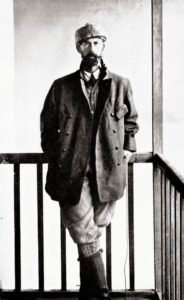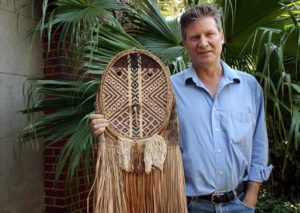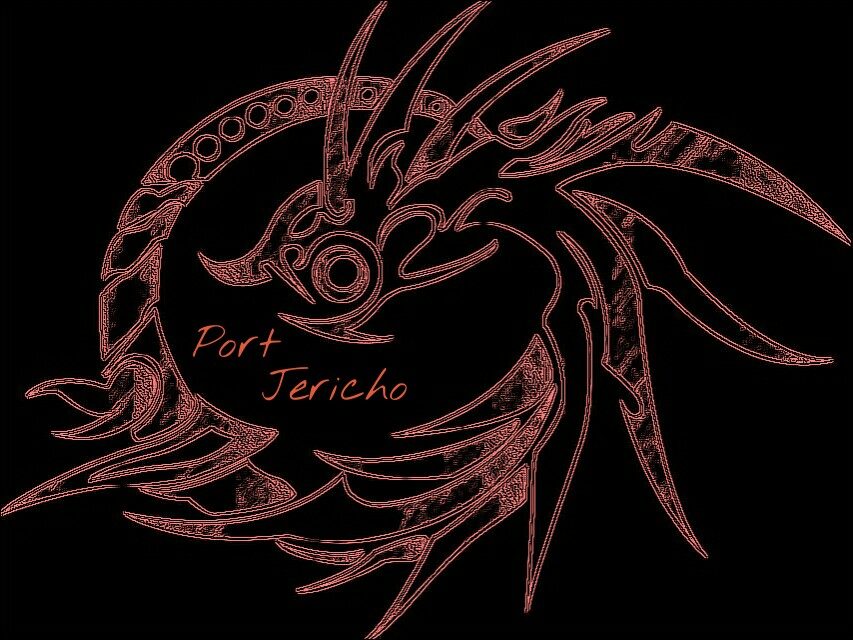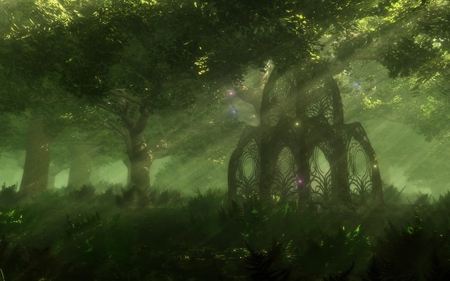I’m an archaeologist by my earliest training, and will always have a soft spot for it. I wanted to share one of my most favourite discoveries. Sometimes we don’t actually know what we think we do. We gotta look outside the box.
There are times when what seems to be part of the fringe element can actually contain the seeds of truth. Col. Percy Fawcett lost his life in the search for a city hidden in the depths of the Amazon rainforest. He called this lost city ‘Z’ and, when he first became interested in it, it was merely as a theory of a lost city and civilization that could have possibly existed in the Amazon. In his own explorations, Fawcett came across rock paintings, evidence of roads, and numerous scattered artifacts. But no city.

Based on accounts of the first Europeans to the region so long ago- the conquistadors- Fawcett surmised that their tales of huge cities in the jungle were true, despite the fact these cities could no longer be found. Hiram Bingham’s discovery of Machu Picchu bolstered Fawcett’s convictions and he began to search in earnest for his ‘Z’. Unfortunately, the search turned to obsession for him. ‘Z’ became his white whale and, like Ahab in Herman Melville’s classic novel Moby Dick, it cost him his life. He, his son Jack, and Jack’s friend Raleigh Rimell, entered the Amazon in 1925 and never returned.
By the end, ‘Z’ had become for Fawcett not just the city of a lost civilization. It was in his mind a hidden location of the Great White Brotherhood, a group believed by Madame Blavatsky’s Theosophists to be supernatural beings who spread wisdom to humankind through specially selected humans. Fawcett believed that his son, Jack, was one of the special people destined to be a mouthpiece for these supernatural caretakers.
All evidence points to Fawcett, Jack, and Raleigh perishing in the jungles of the Amazon, but their remains have yet to be found. However, in recent years, archaeologist Michael Heckenberger has uncovered the remnants of massive settlements in the jungles of the Amazon. One was very close to Fawcett’s estimation of the location of ‘Z’. What Heckenberger found wasn’t evidence of stone cities, like it was always assumed. No, what he found were the remains of settlements that were made of what the jungle had to offer- plant material.

Heckenberger’s work has uncovered evidence of cities enclosed in wooden palisade walls, with moats dug all around. The former structures were made of material that degraded in the humid jungle air, but he has found evidence, well-concealed by the foliage, of causeways, bridges, irrigation canals, mound-works to rival those of North America, and Indian black earth, a type of cultivated soil used for growing crops. The prevailing theory now is that there were indeed major civilizations in the Amazon, that died out when they came into contact with the conquistadors and their European diseases, for which the Native Americans had no adequate defense. The cities, once abandoned and deserted, were reclaimed by the merciless jungle.
For more information on Fawcett and ‘Z’, I recommend reading The Lost City of Z, by David Grann and Exploration Fawcett, by Brian Fawcett. I haven’t yet seen the movie, but I’m looking forward to it. Just trying to prepare for fact to be sacrificed for entertainment 😛 To learn more about Heckenberger, go here.





What a fascinating story! I just added The Lost City of Z to my TBR list.
I know! I hope you enjoy it!